My grandma taught me hemming stitches just as she did with many other stitches. I waited patiently and with a warm smile. After learning, I was excited to talk about it in my class.
One day, a student, a total newbie to sewing, raised her hand and asked, “What is a hemming stitch?”
I smiled, grabbed a fabric, and sat beside her.
A hemming stitch is like pulling a thread near the folded hem from the fabric. It is a way to hug the fabric edges together so they don’t drift apart.
She tilted her head, still looking unsure. I could tell my words hadn’t quite clicked. So, I decided to take a different approach.
Main facts:
- A hem stitch is a stitch to secure the fabric raw edge.
- Hemstitch is used for neat finish, decoration, and invisible hem.
- The stitch length varies depending on the fabric type.
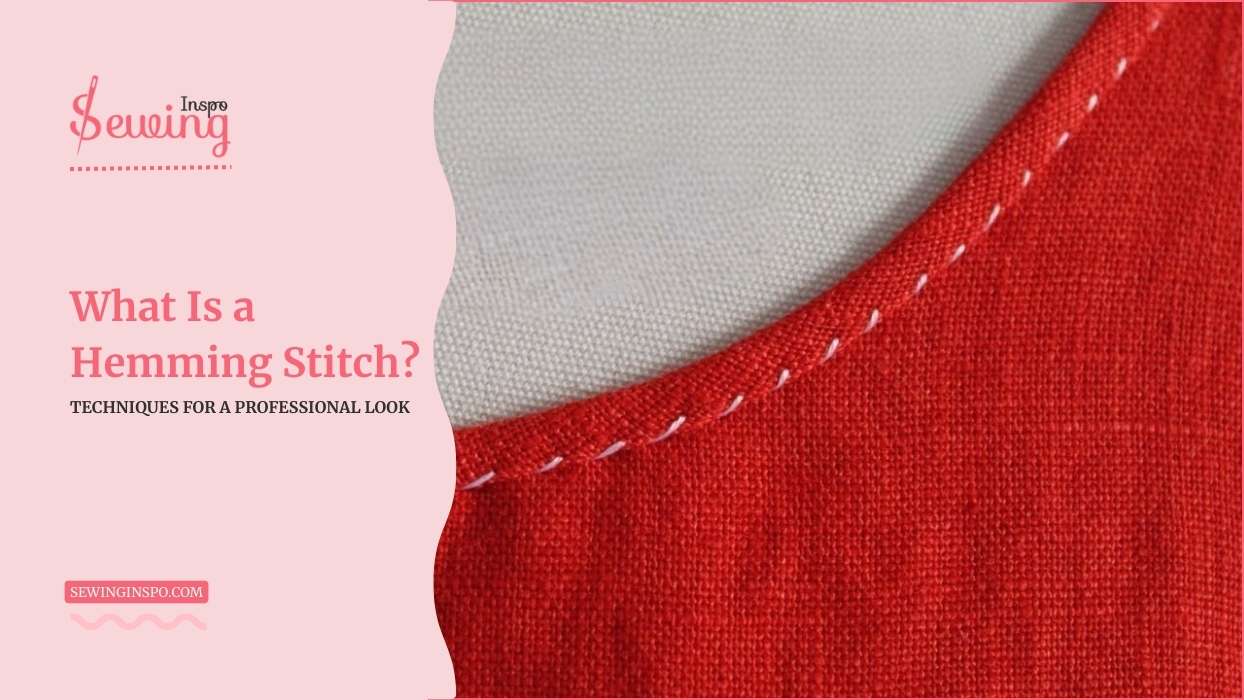
Table of Contents
What Is Hemming?
Hemming is a method used to neatly finish the raw edge of fabric, most commonly in garments. It involves folding the edge under, usually once or twice.
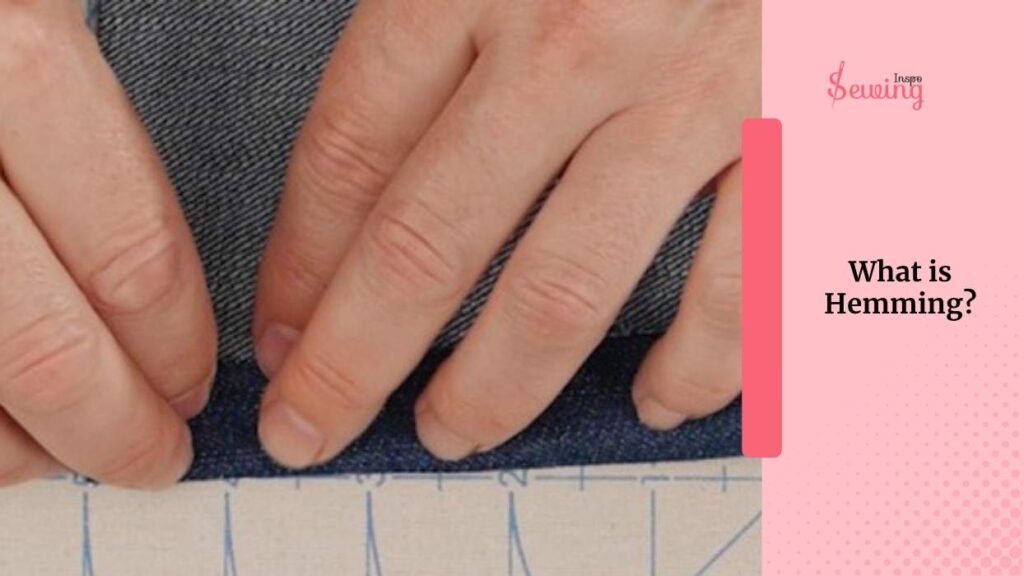
Besides giving the piece a polished look, hemming is also a practical way to adjust the length of clothing.
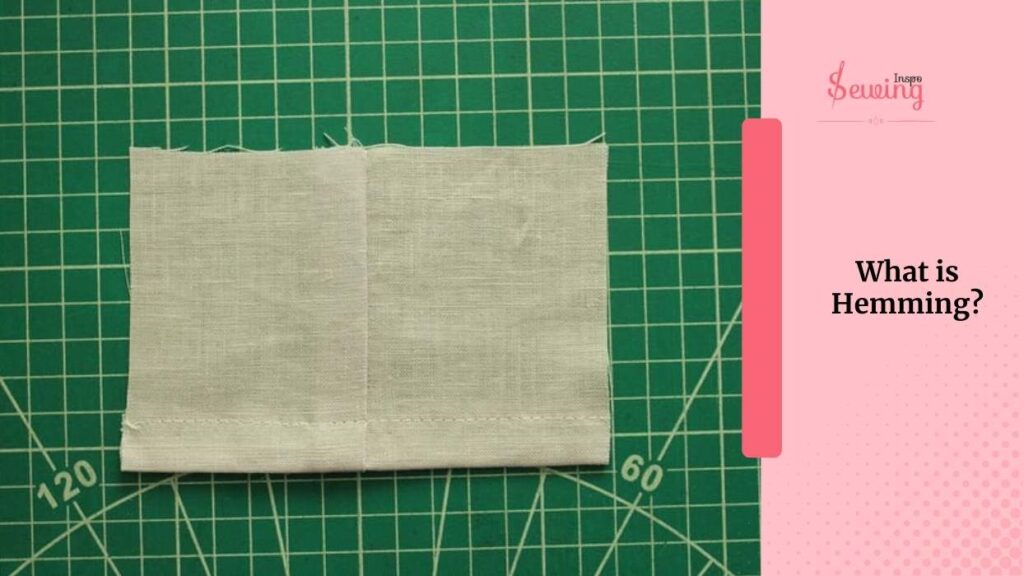
What Is A Hemming Stitch?
A hemming stitch is a thread wrapping around the fabric edge diagonally to secure the fabric edge.

It involves pulling out a few threads from the fabric near the hem and using stitches to group the remaining threads into pretty patterns.
This secures the hem and creates a delicate, lacy effect. You’ll often see it on table linens, handkerchiefs, or vintage clothing. Some designs even use multiple rows of this stitching for extra detail.
How does hem stitching look? Well, it looks different from each POV. For example, on the outside of the fabric,

The hemming stitch is pretty subtle. You’ll mainly see the neat edge of the hem, and depending on the stitch, it might be almost invisible.
For example,
If you’re using a slip hem stitch, you won’t see any stitching from the outside, just a smooth, clean edge. That’s what hem stitch by hand weaving is.

And on the inside of the fabric,
You’ll notice a diagonal thread pattern wrapping around the edge of the hem. It looks like little “X” shapes or tiny stitches in a line. This secures the fabric and gives it that beautiful, delicate, almost lacy texture.
And,If you’re feeling extra creative, you can layer on multiple rows of hemming stitches for a bit of extra flair. It’s like adding layers of charm to your fabric, and trust me. It gives your piece that extra “wow” factor.
The fun part is that there are different types of hemming stitches, too. Each of the types used is different things. Among them of favorite ones are,
Types of hemming stitches with pictures
Above i said some basic Hemming Stitches By Hand. but there are some types. But that’s another matter to discuss for now see the pictures of all the types.

What Are The Uses Of Hemming Stitches?
Trust me! Hemming stitches are little lifesavers in sewing! They help give the fabric a clean, finished look while keeping the edges from fraying. They help clothes, curtains, and linens last longer and look more polished.

Some stitches stay hidden for a seamless finish, while others create beautiful decorative details. Different forms of hem stitches serve different purposes. But I mostly use this stitch for,
- Neat and tidy edges – No more frayed or messy fabric. Perfect for professional finish.
- Invisible hems – Keeps stitches out of sight on dresses, pants, and curtains. Slipping hemming stitches are the best example of this.
- Decorative details – It adds a delicate, lacy touch to linens like running stitch.
- Stronger seams – Helps lightweight fabrics hold up over time.

Hemming stitches do more than just hold the fabric together. They add strength, beauty, and a polished touch. Once you use them, they’ll quickly become one of your favorite sewing tricks.
Hemming Stitch Picture



I knew all the descriptions wouldn’t be enough for her. So I show her some of my hem stitch work. rather than giving her a hem stitch diagram.
What Stitch Length Should I Use For Hemming?
I can see all those talks got her a lot about this stitch. So she asks for the perfect length of hem stitch to start stitching.

The perfect length is a must for any Types of hems on dresses.
I feel really happy, so I answer happily,
Well, I normally use a stitch length of 2.5 to 3 millimetres for most of the hemming stitch. It offers good stability while staying subtle. But yes, the length varies depending on your fabric type. Here is how,


- For lightweight fabrics (like chiffon or silk) – Use a shorter stitch length (2.0–2.5mm) to keep the hem secure and prevent puckering.
- For medium-weight fabrics (like cotton or linen) – A standard stitch length (2.5–3.0mm) works best for a strong, neat hem.
- For heavy fabrics (like denim or wool) – A longer stitch length (3.0–4.0mm) allows the stitches to hold without making the fabric too stiff.
- For blind stitch hems or hand-sewn hems – Keep stitches small and discreet to blend into the fabric.
So yes, hemstitches work everywhere if you know how to use them.
Hem Stitch By Hand Patterns
And no worries, it’s not just for security. You can do different kinds of patterns with it. For example,

Hemming Stitch By Hand Step By Step At A Glance
If learning all about this stitch makes you want to try it on your own, then here is a glance at the process for you.

Frequently Asked Questions
What Is A Hemming Stitch On A Sewing Machine?
A hemming stitch on a sewing machine is a stitch used to create a clean, finished edge on fabric. It secures the hem while preventing fraying, making garments and home textiles more durable and polished.
Can I Hem Stretchy Fabrics With A Sewing Machine?
Yes! Use a zigzag stitch or a stretch stitch (lightning bolt stitch) to maintain flexibility and prevent breakage when the fabric stretches.
Outro
After answering her what is a hemming stitch I ask her if she is clear or not. She smiled and said, ‘i’m crystal clear right now. Now i thing wants to learn how to do it 😁’I hope you are clear, too. If you have any questions, feel free to contact sewing inspo.


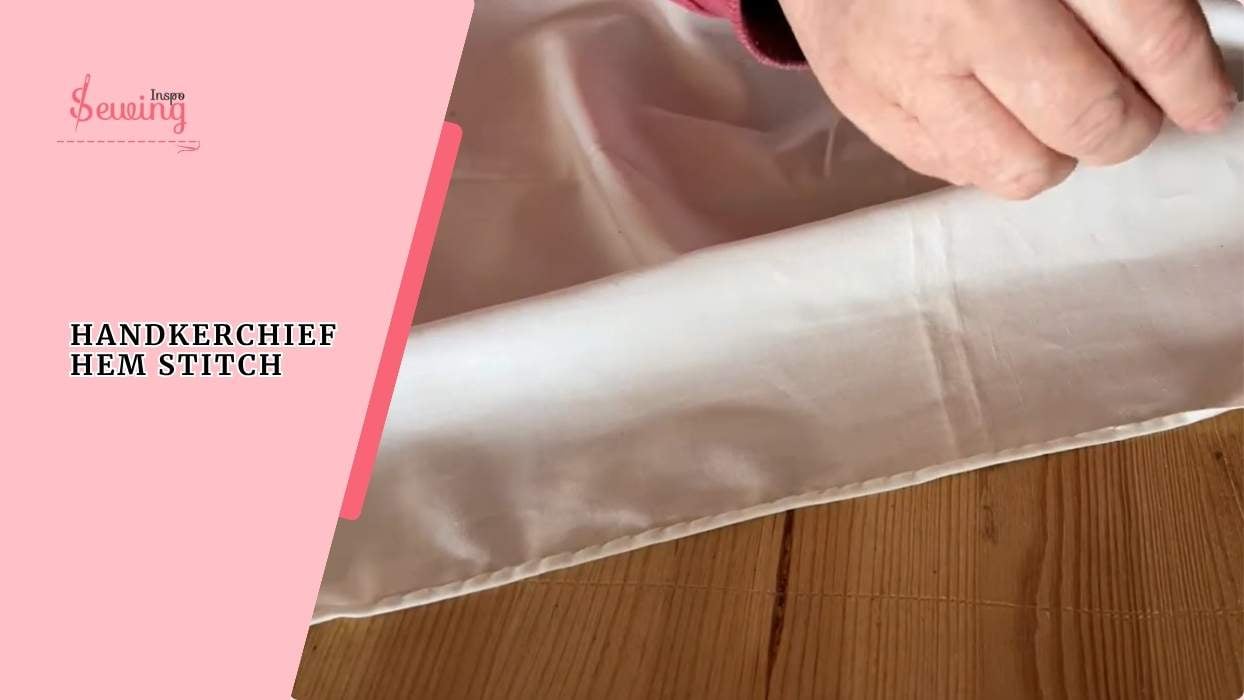
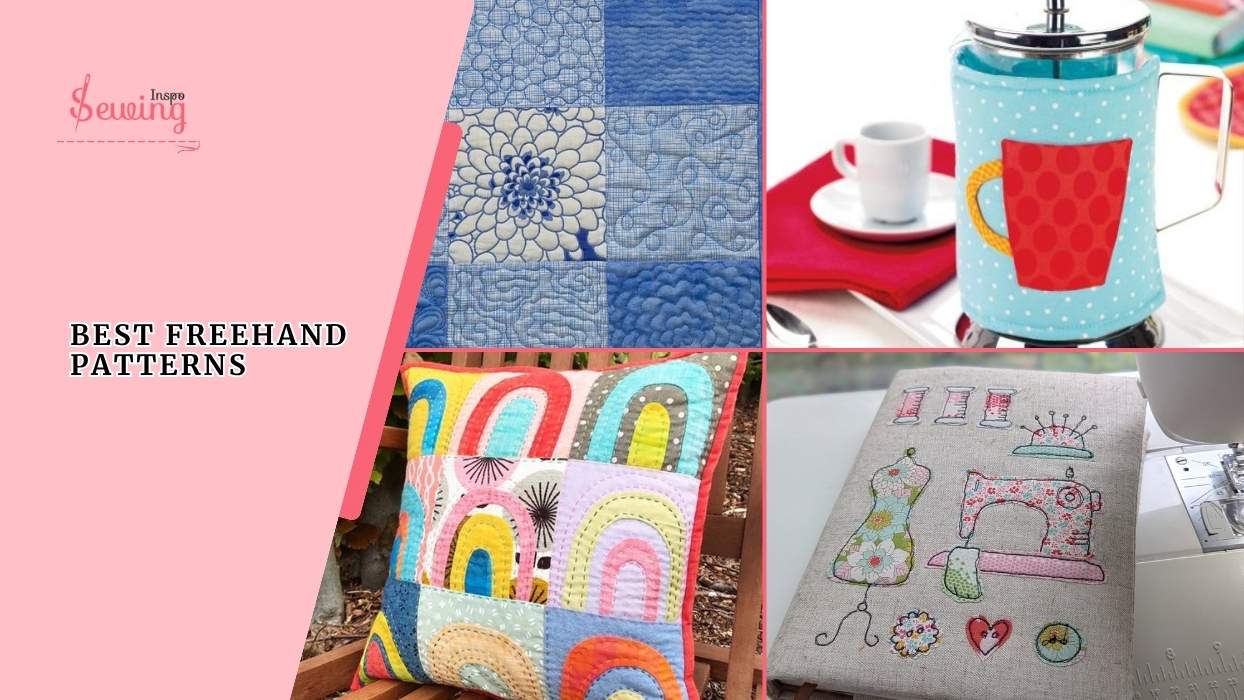
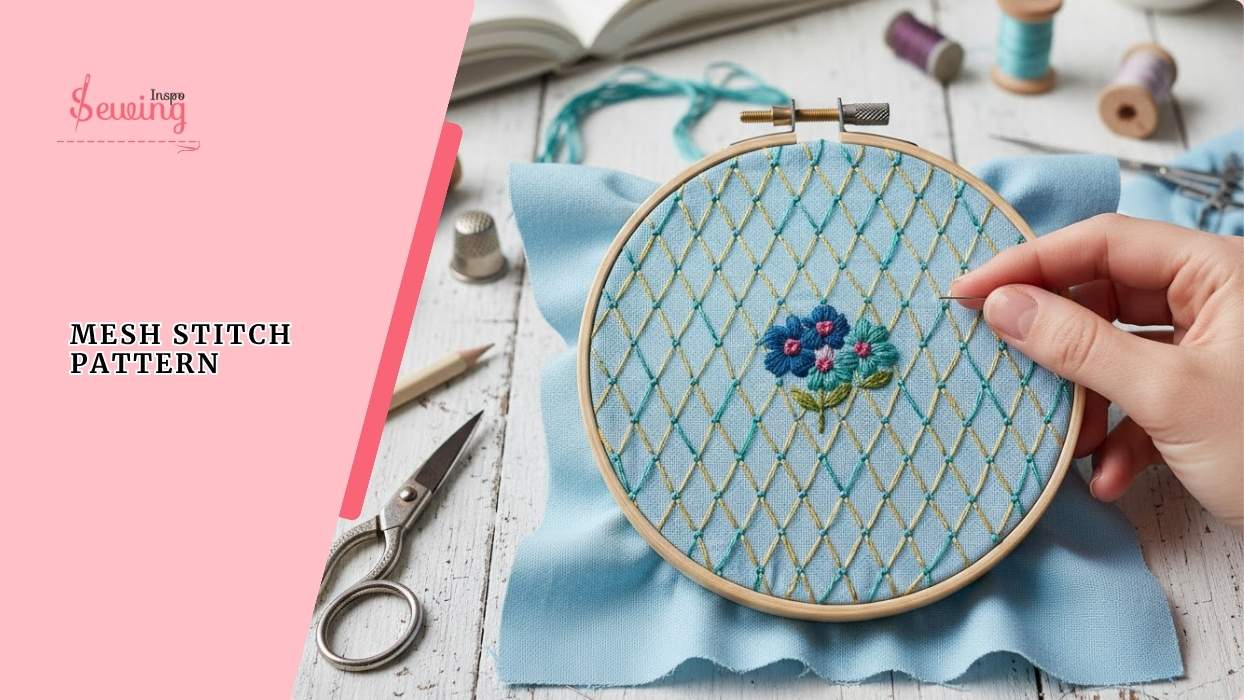
Leave a Reply